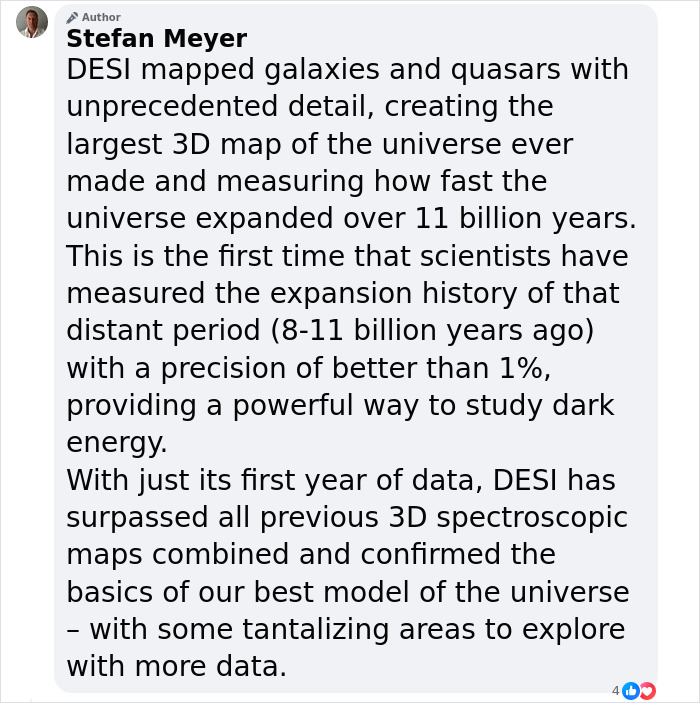Hubble’s law is considered the 1st observational basis for the expansion of our universe, thanks to Edwin Hubble, who was the first to calculate the constant from his measurements of stars in the 1920s. What he found was absolutely remarkable: all of the galaxies in the universe appeared to be moving away from our planet. Furthermore, the farther a galaxy was, the faster it was receding. Generations of astronomers have improved upon Hubble’s original methods and with time developed the new ones.
According to new analysis by Prof. Wendy Freedman, there may not be a conflict in the expanding universe debate
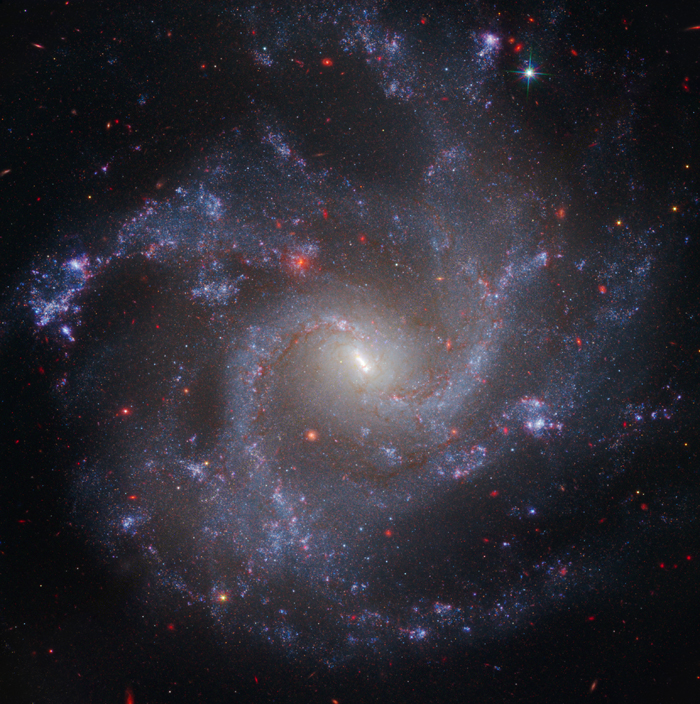
Image credits: ESA / Hubble
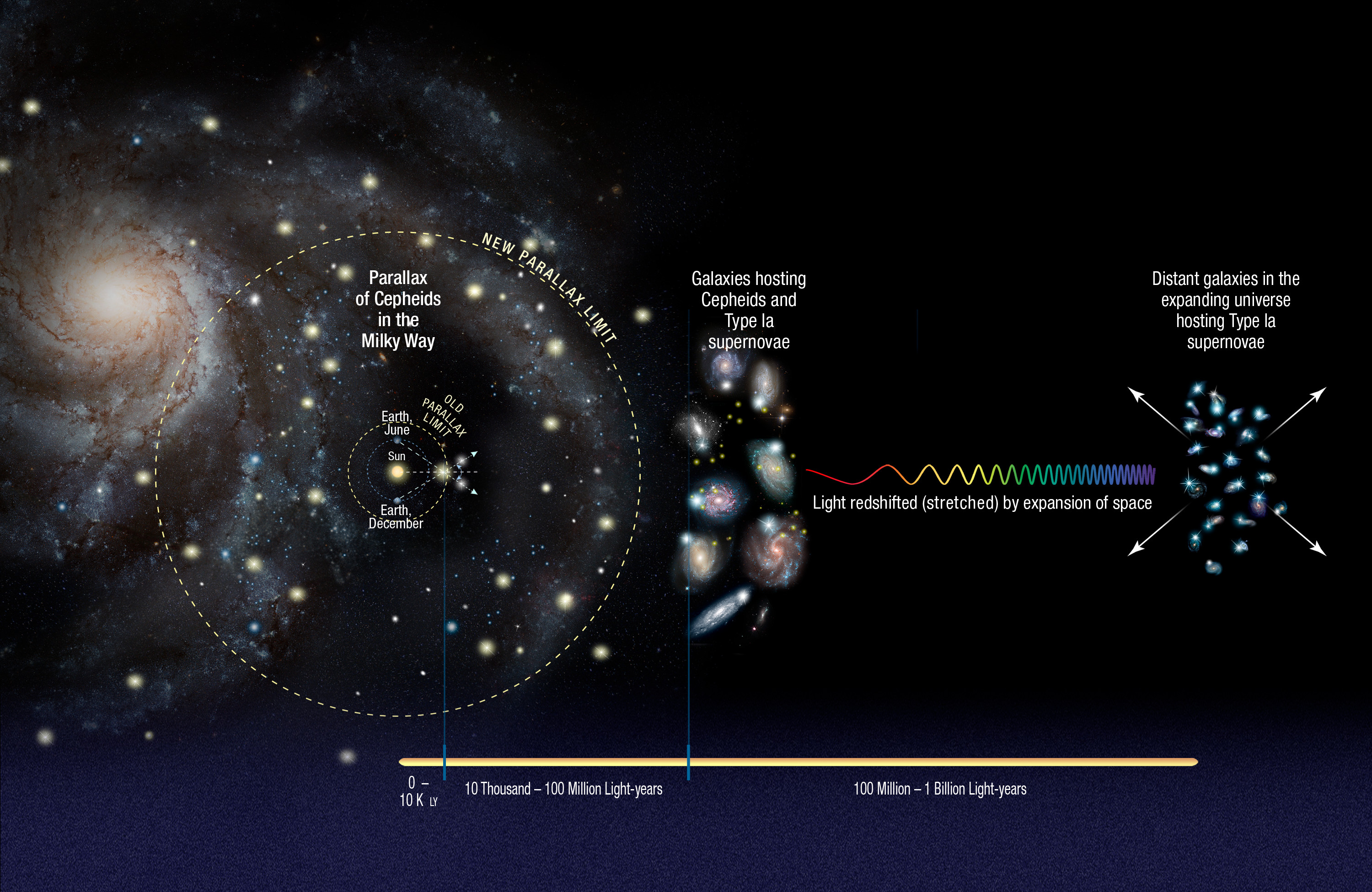
Image credits: ESA / Hubble
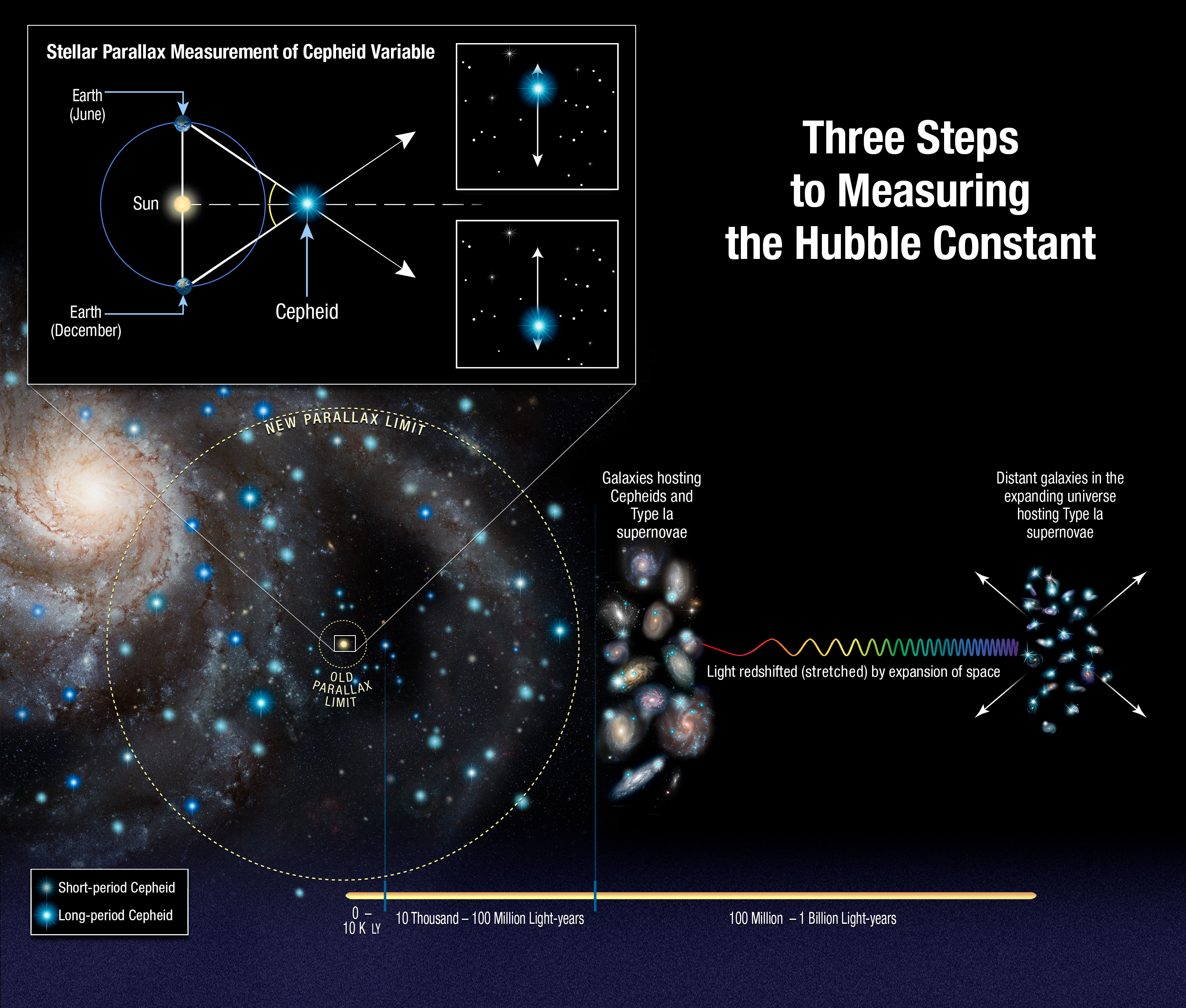
Image credits: ESA / Hubble
At the moment there are 2 main methods of measuring the universe’s rate of expansion, in other words called the “Hubble constant.” The 1st one is calculated from nearby observations of supernovae, and the 2nd uses the “cosmic microwave background,” or radiation that began to stream freely through the Universe shortly after the Big Bang. These 2 methods were always in disagreement with one another because they differ by about 10%. This has caused widespread debate among physicists and astronomers until today. The new study made by Wendy Freedman and her team may bring some light in here.
More info: APS
Wendy Freedman and her colleagues have used the James Webb Space Telescope (JWST) to add two more methods to the local distance ladder. The team were observing 2 other type of stars – carbon stars and red giant branch ones. Each of them had predictable luminosities based on their mass.
Wendy Freedman presented her study on the 6th of April at a meeting of the American Physical Society: “These much more precise data are not screaming out saying you really need new physics. We are finally converging now – it’s really exciting,” the scientist couldn’t hold back her joy.
Freedman and her team focused on the middle part of the cosmic distance ladder by observing nearby galaxies. Crucially, the galaxies they have chosen also had supernovas in them; therefore, they could used them to calibrate the distances to all of those more distant galaxies that have supernova absorbed in them. They did this for 3 different types of stars separately so they could later compare the 3 different methods of calculating the distances.
This method is called blind analysis because in the beginning, you don’t see any real numbers, nor any real values until the very end. Only when it’s clear that it’s working can the scientists input the real data, a process called unblinding – when you finally get to see the real results.
Our universe is expanding, yet 2 different main ways to measure it until now have resulted in different answers
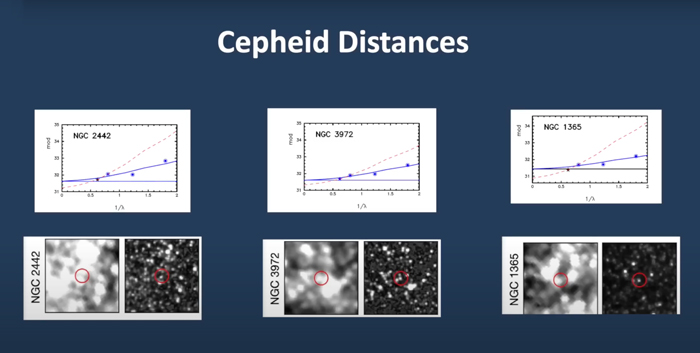
Image credits: APS
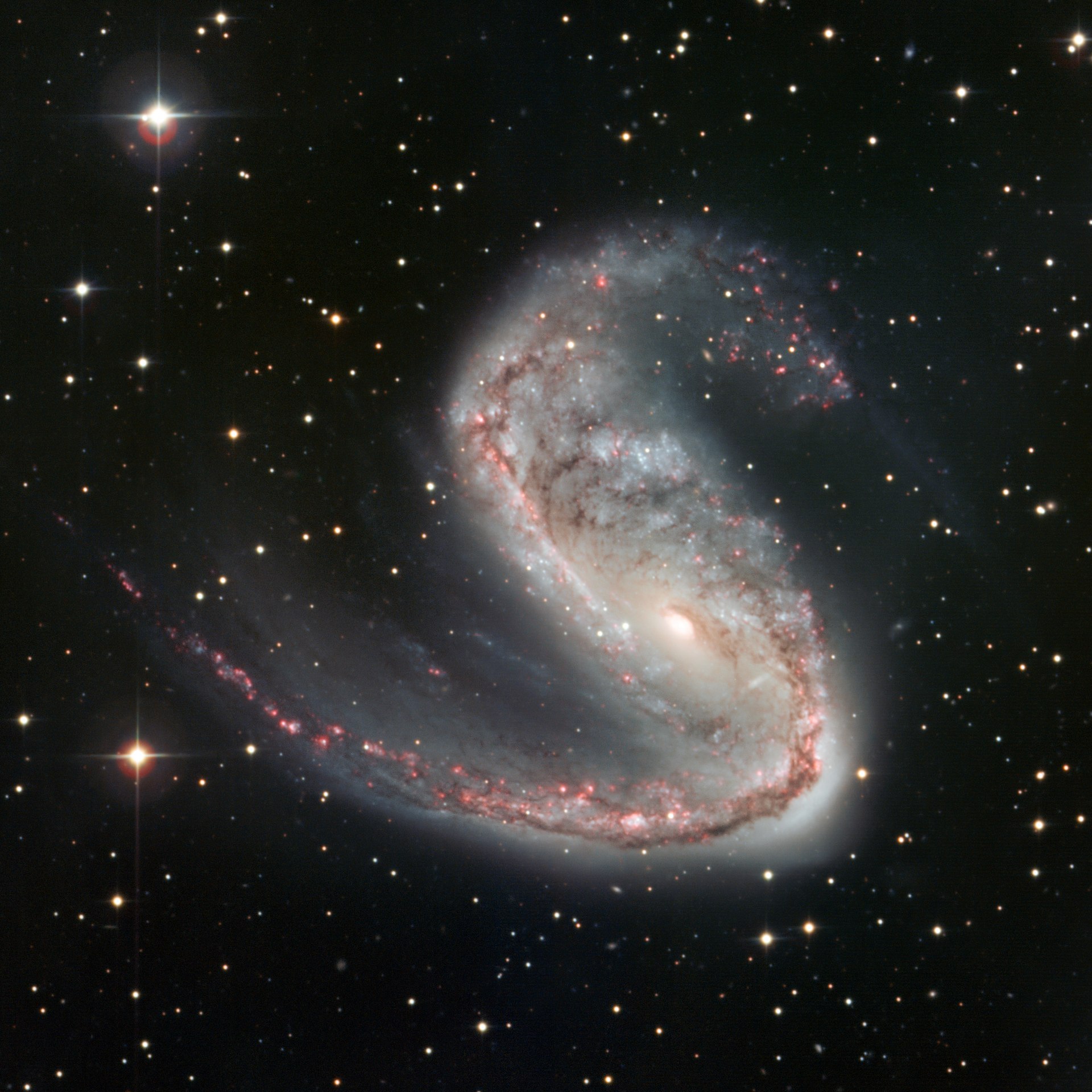
Image credits: ESO
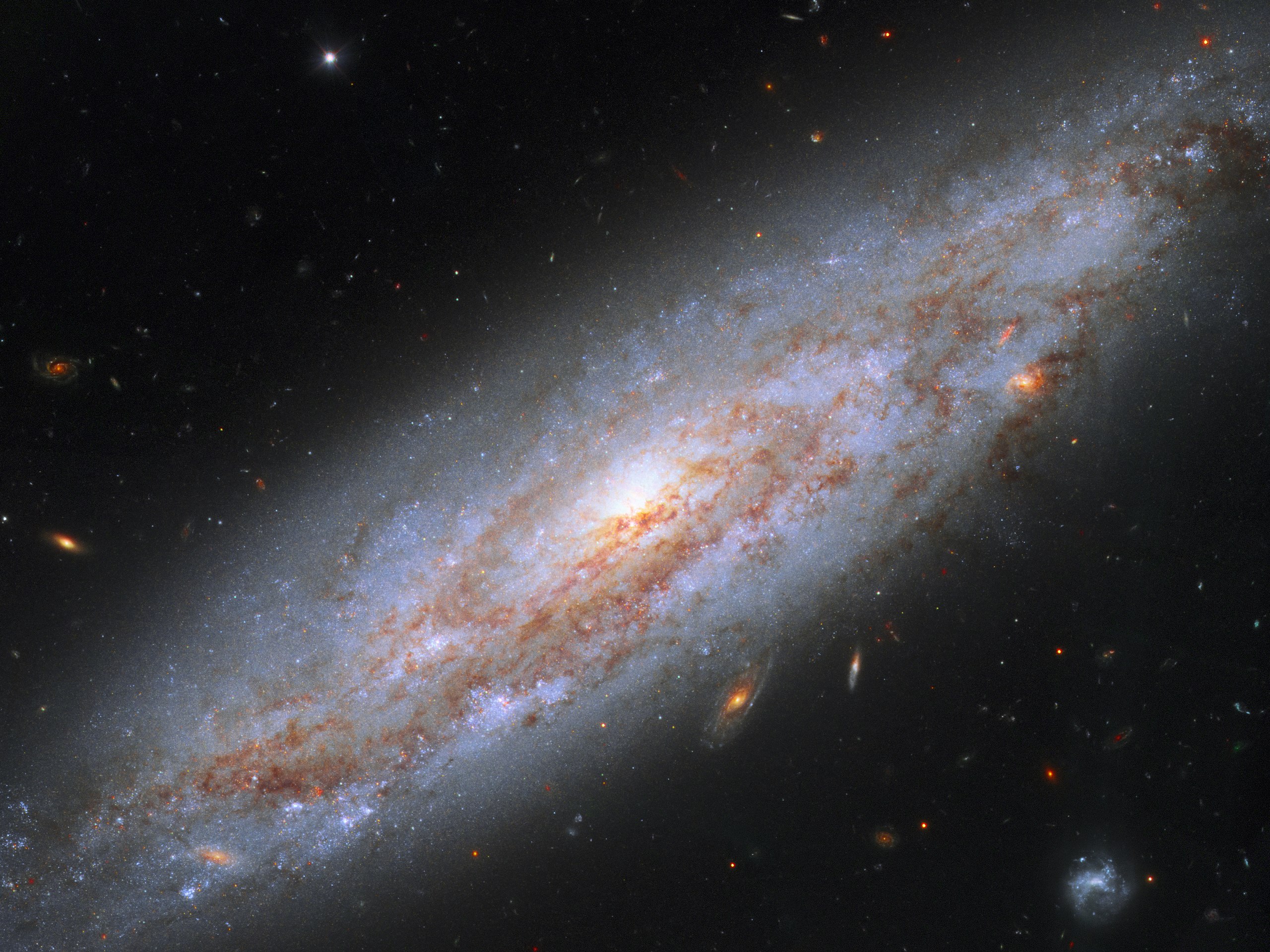
Image credits: ESA / Hubble
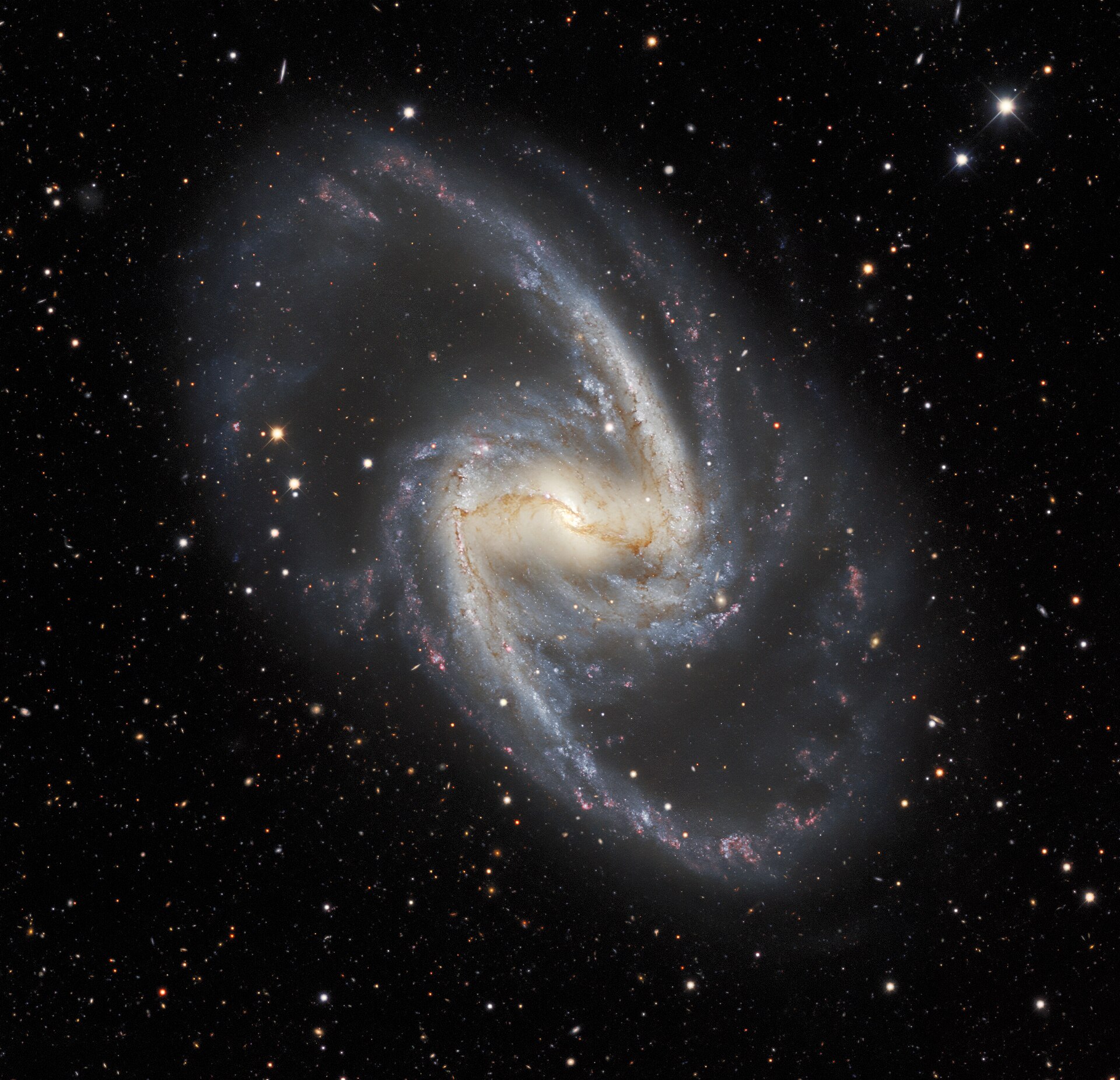
Image credits: NOIRLab
It’s important to mention that the scientific team not only carried out a blind analysis, but also completely reanalyzed all of the old Hubble Space Telescope data as well. After doing all of it, they have found that all the 3 different types of stars they used agreed on the distances to those neighboring galaxies, which meant that the data is consistent. And then they could recalibrate the distances to those in more distant galaxies with the supernova and then recalculate the current expansion rate of the universe. The scientists got a Hubble constant of about 69 km/sec/Mpc, which is consistent with the CMB measurements. “The difference between a Hubble constant of 73 and 69 is small, but these things are really important to get right,” said Freedman.
Some other scientists are skeptical about this new discovery. Daniel Scolnic, from Duke University in North Carolina, states that the number of galaxies observed with JWST is relatively small and that the other groups have come up with a higher figure for the Hubble constant based on JWST data, rather than the lower one Freedman’s team found.
Adam Riess, from Johns Hopkins University in Maryland, also looks at the new study carefully: “I do not believe the Hubble tension has changed, but I do know there is a difference in the way we are analyzing supernovae… one that produces a difference in the Hubble constant. I don’t think it would be fair or accurate to define the size of the tension from the lowest (or highest) measure.”
Freedman and her colleagues still have a long way to go by finishing calculating the uncertainties of their measurement. Despite that, it leans towards matching the CMB Hubble constant, and isn’t inconsistent with previous local measurements. “Is this the end of the tension? Nothing dies that simply. But these data are pointing the way,” concluded Freedman.
For the past decade, astrophysics have divided into 2 groups: the one that believes that the difference is significant and the 2nd one that thinks it could be due to errors in measurements

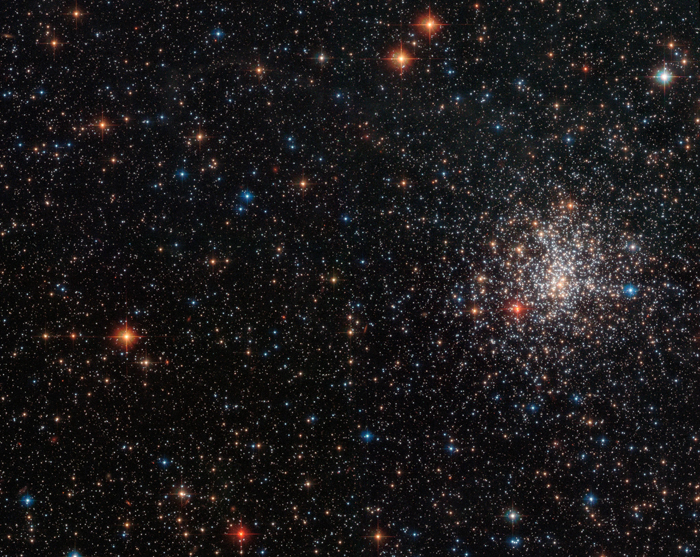
Image credits: ESA / Hubble
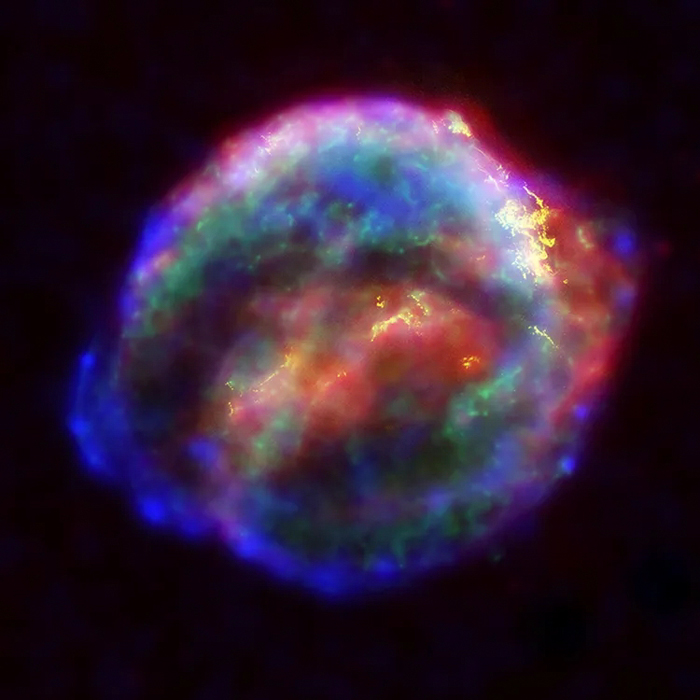
Image credits: NASA
The Hubble constant has seemed to be an unsolvable puzzle for many years. Therefore, according to Daniel Scolnic, if the Hubble tension finally disappeared, it would mean passing the ‘end-to-end’ test of cosmology. Even though Wendy Freedman and her colleagues still have to do more calculations to better prove their statement, to be so close to nailing down the most controversial numbers in cosmology for years is already a very huge accomplishment.
People shared their excitement about the new discovery of Hubble tension


